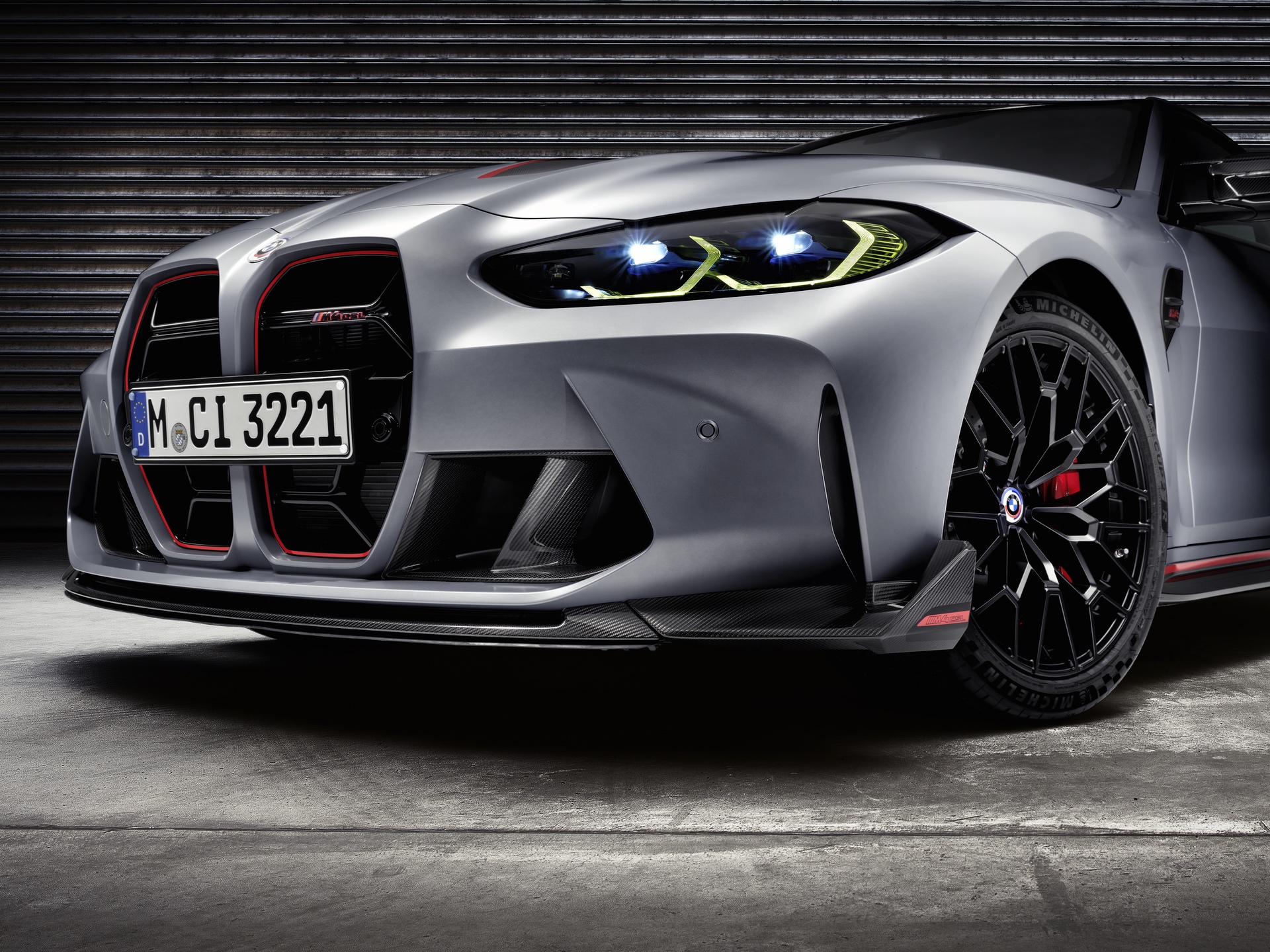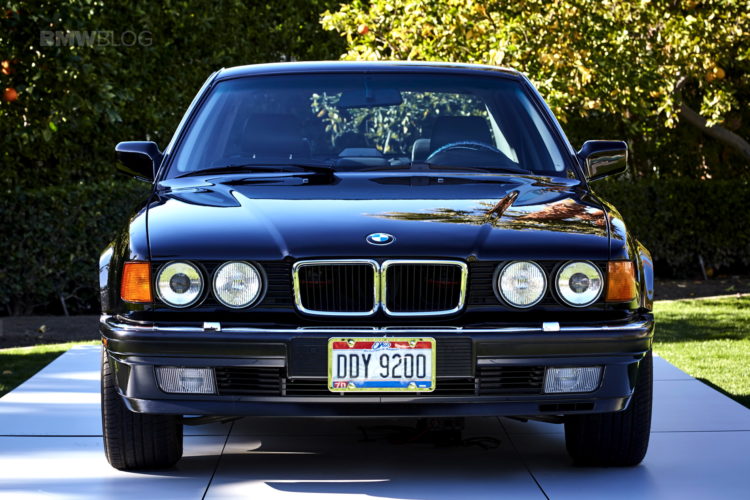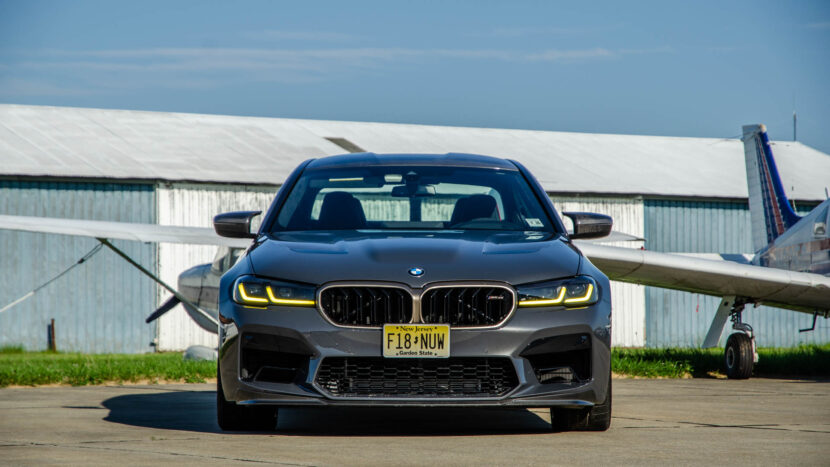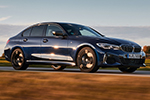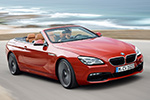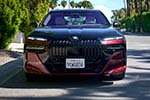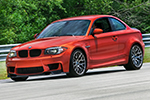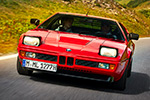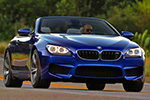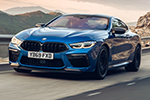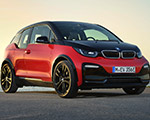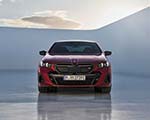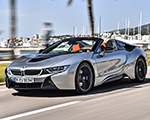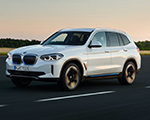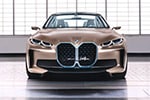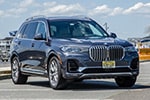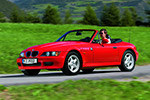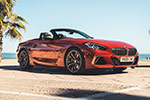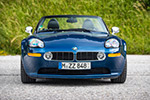Few automakers have treated headlights as seriously (or artistically) as BMW. For decades, the brand has handled lighting not just as a functional necessity, but as a signature design element. From the iconic “coronas” that defined a generation of BMWs to futuristic laser beams that pushed the limits of road illumination, each evolution tells a story about the brand. Some designs changed the look of modern motoring, others set new technological benchmarks. Here’s a look back at the best BMW headlight designs ever, and why each one still shines so brightly in the brand’s legacy.
Laser Headlights — BMW i8
That’s right — laser headlights debuted on the BMW i8, way back in 2014. A range of up to 800 meters (2,625 feet), combined with lower energy consumption and a longer lifespan than other lighting materials, made laser headlights the lighting technology to beat. Unfortunately, U.S. regulation never really caught up to the technology’s true capabilities — which leaves laser headlights disappearing from BMW’s models. A disappointing end to what could have been amazing technology. Regardless, the i8’s lighting signature is still one of the most unique out there. The unique line underscoring the individual bulbs is a great intersection of where BMW’s lighting was and where it headed.
Xenon Dual Headlights — E32 7 Series
Xenon dual headlights sound futuristic, but they’ve been around since 1991. The E32 7 Series debuted the technology, which offered enhanced visibility and a longer lifespan than HID or halogen bulbs. Xenon headlights were in production for almost 30 years, being sold on models as late as the 2018 BMW 6 Series. Along the way, xenons made it in to almost every model BMW sold — from the 1 Series to the 7 Series and everything in between. Xenon bulbs also appeared across many different design languages, ranging from old-school models like the E32 to the coronas that came later.
Adaptive Full LED Headlights — LCI F80 M3 and F82/F83 M4
While technically the F8X M cars didn’t introduce adaptive full LED headlights — that honor goes to the 2012 BMW 6 Series — they did it the best. The 6 Series’ lighting suite was essentially an evolution of the corona rings that debuted on the E39 5 Series, which we’ll discuss later. The LED lighting standard on the F8X M3 and M4 after a mid-life cycle refresh looked fine and mirrored the corona look. But the newly available adaptive units significantly changed the car’s aesthetics. The design tweak connected the independent coronas to the grille with a horizontal LED bar, while also splitting the coronas into a semi-circle, semi-hexagon shape. It also moved the directional to the top “eyebrow.” The seemingly small change made the F8X immediately recognizable on the road, separating it not only from other makes and models, but from every other BMW, too.
Yellow Lights — M5 CS
While, in a way, an offshoot of laser headlights pioneered by the BMW i8, we feel the yellow lights on the M5 CS deserve their own mention. The obvious homage to GT racing kicked off what is likely a million dollar industry of helping non-CS owners get the same yellow tint to their M car’s headlights. The simple fact? Yellow lights are cool — and they’ve appeared on several models following the M5 CS, including the M4 CSL. Really, a case could be made that the M4 CSL actually rocks the yellow design a little bit better. The LCI F90 lighting signature is stately, but perhaps not as exciting as the G82’s, which is more angular and at least somewhat recalls the “halos” old school BMW fans love.
Corona Ring Headlights — E39 5 Series
Speaking of old-school halos, we still think they’re the best light designs to ever grace a BMW. In-period, the corona rings transformed BMWs into something everyone immediately saw coming. Today, they’re an awesome illustration of the brand’s evolution, bridging the gap between cars with individual halogen headlights and the powerful LED units still to come. Most importantly, while they don’t really look modern anymore, they still look good. Not an easy feat considering the E39 debuted the design way back in 2001.


